AID-AI - AI-powered Emergency Aid
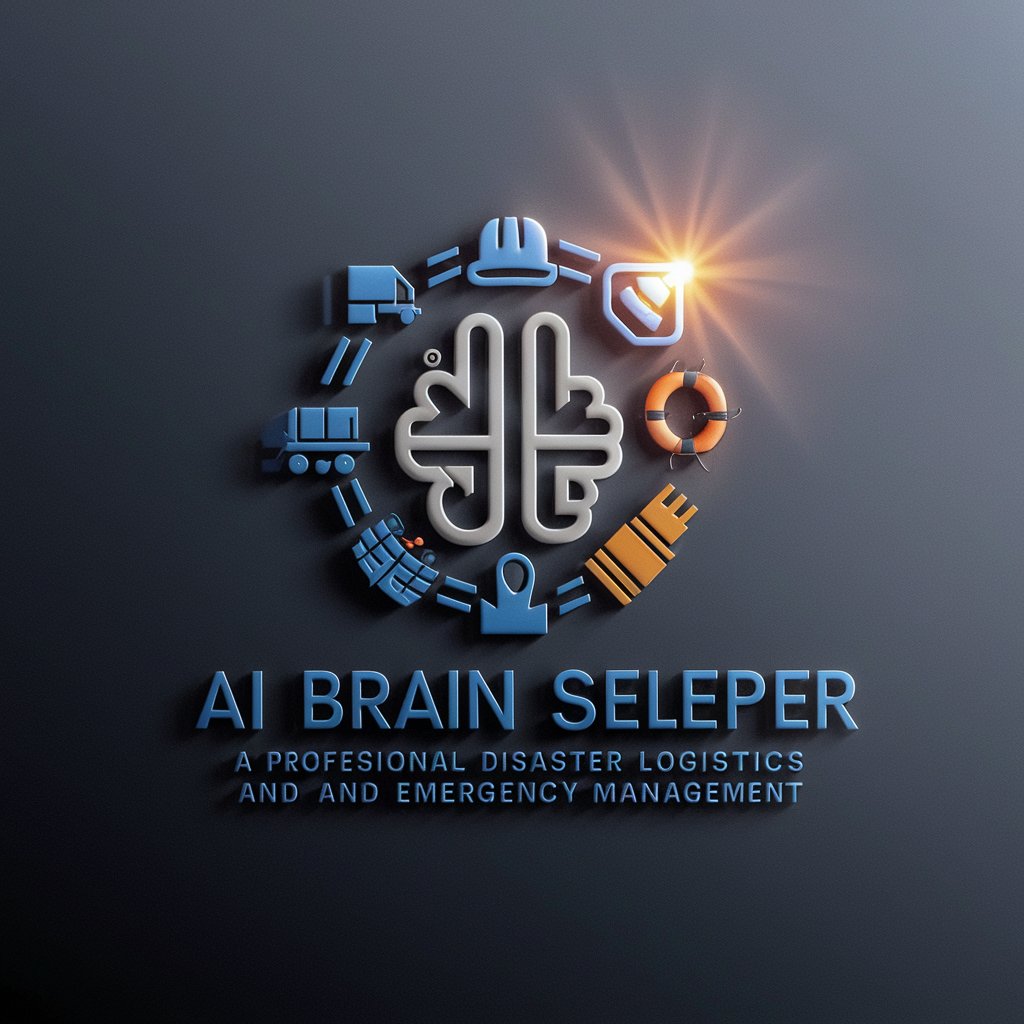
Hello! How can I assist with your emergency management needs today?
Streamlining Emergency Management with AI
Design a logo for an AI assistant focused on disaster logistics...
Create a visual identity for an emergency management AI tool...
Develop a logo that captures the essence of disaster response and coordination...
Craft a brand mark for an AI system aiding in emergency logistics and support...
Get Embed Code
Introduction to AID-AI
AID-AI, short for Assistance In Disaster-Artificial Intelligence, is designed to serve as a comprehensive support system for disaster logisticians and emergency management professionals. Rooted in advanced AI capabilities, AID-AI is structured to provide specialized guidance, formulate plans, and offer analytical insights to enhance emergency response operations effectively. For example, AID-AI can assess a situation post-disaster and provide a logistics management plan to ensure the efficient delivery of essential supplies like food, water, and medical kits to affected areas. Powered by ChatGPT-4o。

Main Functions of AID-AI
Disaster Logistics/Emergency Management Guidance
Example
Advising on the optimal distribution of resources after a flood.
Scenario
After a major flooding event, emergency managers input data regarding affected population size, shelter capacities, and available resources. AID-AI analyzes this information to offer tailored advice on resource allocation, potential bottlenecks, and prioritization strategies to maximize aid effectiveness.
Commodity Load-Out Plans
Example
Creating a supply plan for an earthquake-impacted region.
Scenario
AID-AI calculates the necessary quantities of food, water, and other supplies for the earthquake victims based on the number of affected individuals and their needs over a specified period. It further estimates the number of trailers required for transport and the acreage needed for staging areas.
Understanding Building Codes
Example
Guidance on rebuilding structures to withstand future disasters.
Scenario
Post-disaster reconstruction efforts often require adherence to updated building codes. AID-AI provides information on the latest International Building Codes (IBC) and Residential Building Codes (RBC), suggesting adjustments to ensure new structures are resilient against future calamities.
NFIP Assistance
Example
Assisting communities in implementing NFIP requirements.
Scenario
Local officials planning to enhance their community's floodplain management practices can consult AID-AI for guidance on National Flood Insurance Program (NFIP) compliance, including advice on zoning, building standards, and flood insurance policy implications.
Ideal Users of AID-AI Services
Emergency Management Professionals
This group includes emergency responders, disaster recovery specialists, and government officials responsible for preparing for and responding to disasters. They benefit from AID-AI by obtaining actionable insights into logistics management, resource allocation, and compliance with building codes and federal insurance programs.
Urban Planners and Civil Engineers
Professionals involved in urban planning and civil engineering can use AID-AI to understand and apply the latest building codes and standards in their projects, ensuring infrastructure is resilient and compliant with regulations aimed at minimizing disaster impact.
Non-Governmental Organizations (NGOs)
NGOs focusing on disaster relief and humanitarian aid find AID-AI invaluable for planning their operations, especially in determining the most efficient ways to distribute aid and understanding local regulations and building codes for reconstruction efforts.

How to Use AID-AI
1
Start with a free trial at yeschat.ai, accessible immediately without any need for signing up or subscribing to ChatGPT Plus.
2
Select the desired functionality from the main menu, such as emergency management guidance, commodity load-out planning, understanding building codes, or assistance on the NFIP.
3
Input your specific question or request related to the selected functionality for tailored support.
4
Review the provided guidance or calculations, and apply them as needed in your emergency management operations or planning.
5
For further assistance or more complex queries, use the detailed instructions or follow-up questions feature to refine your request.
Try other advanced and practical GPTs
Accounting Aid
Master Chinese Accounting with AI

Academia Aid
Empowering your academic journey with AI
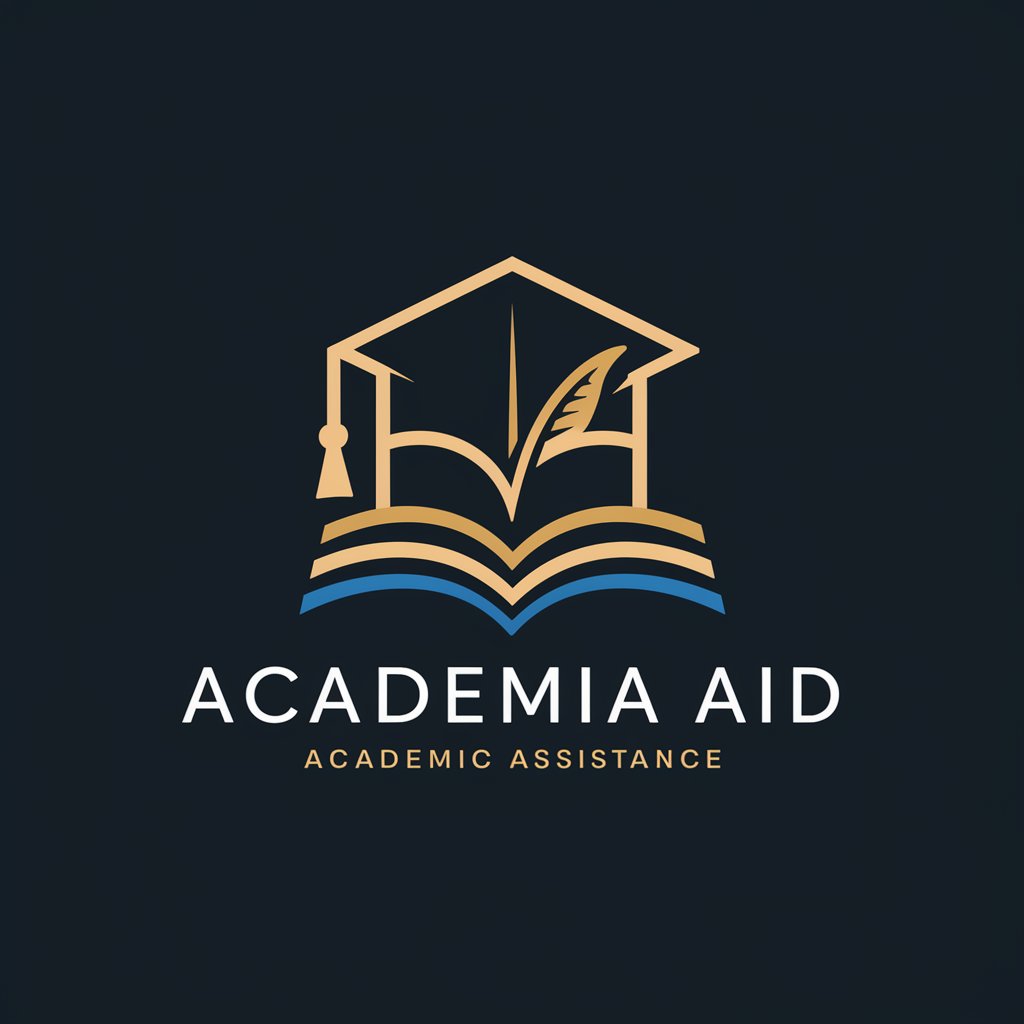
Arco Aid
Streamline Design with AI
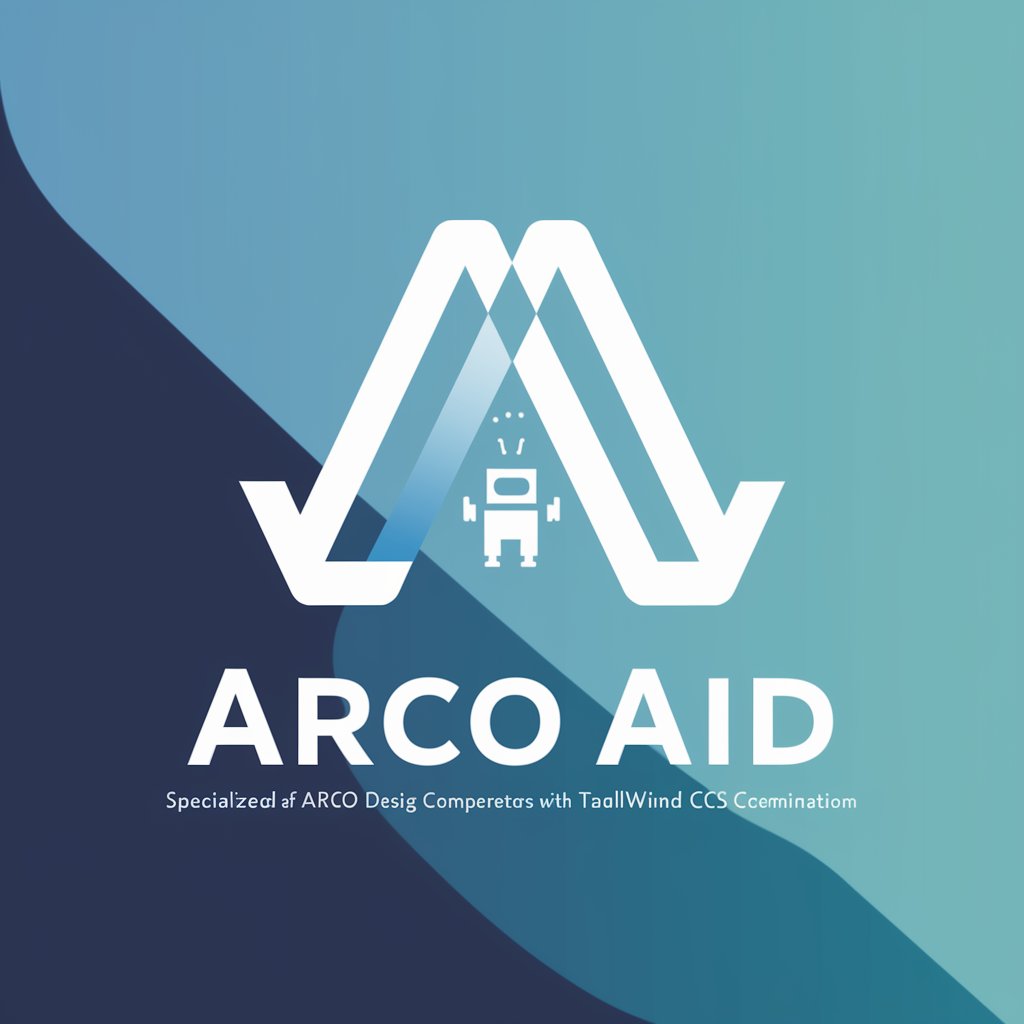
Aid
Streamlining AI-driven Development
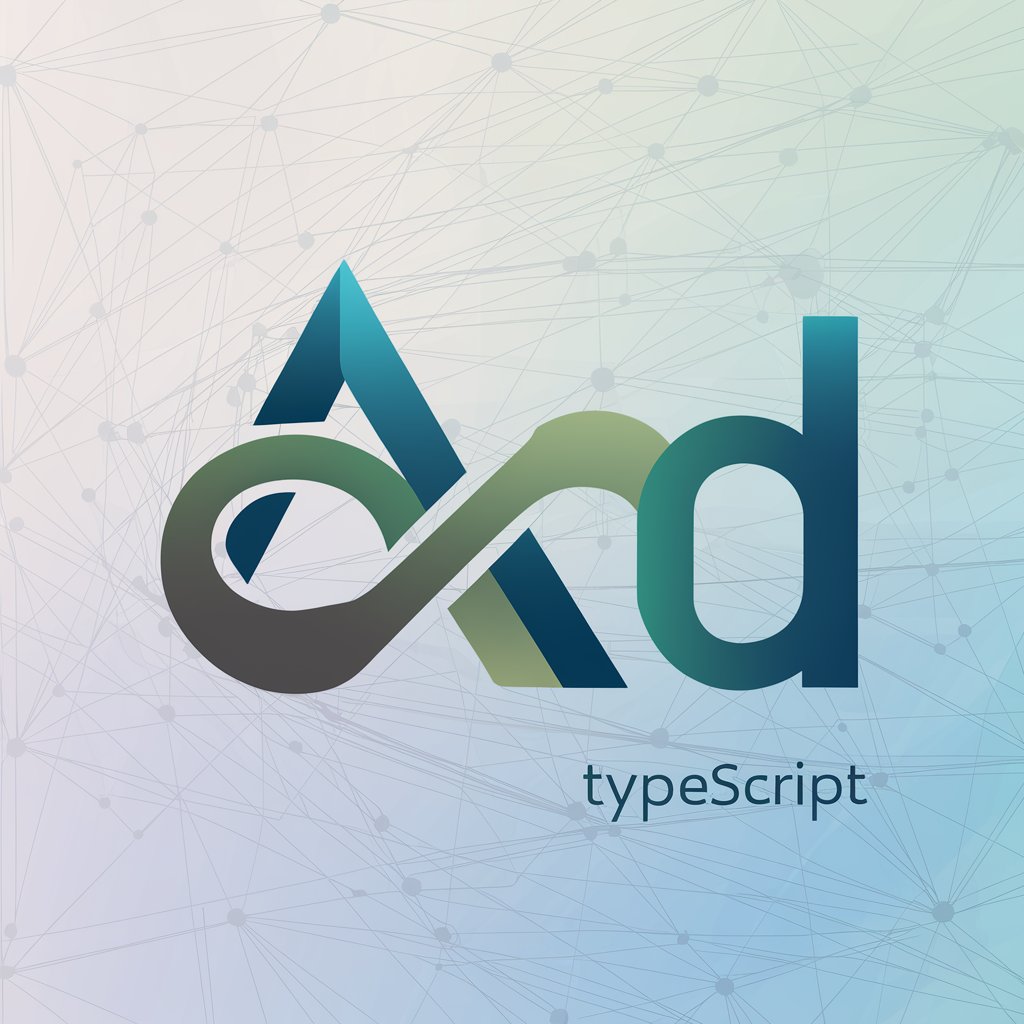
Healing Aid
AI-Powered Health Insights
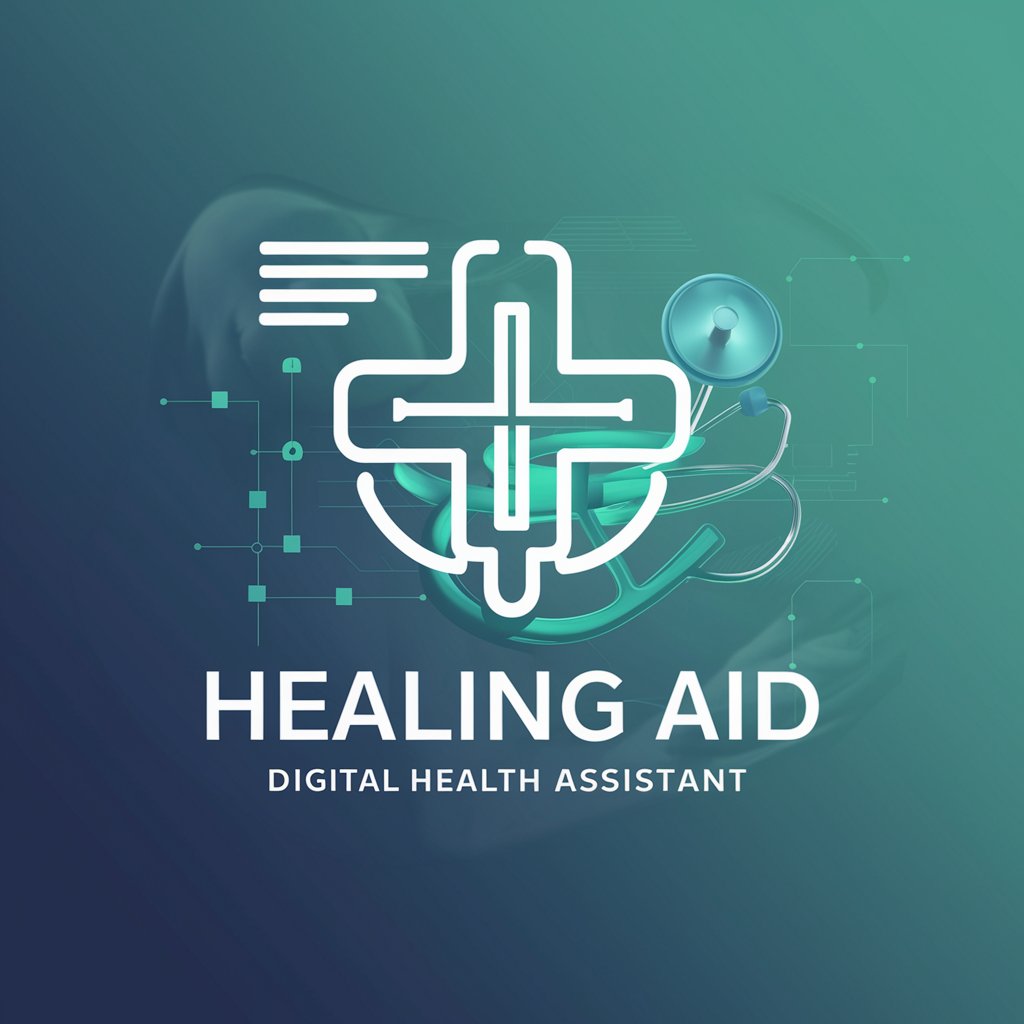
Cyber Aid
Empowering Decisions with AI Insight

Linguist Aid
Your AI-Powered Language Companion
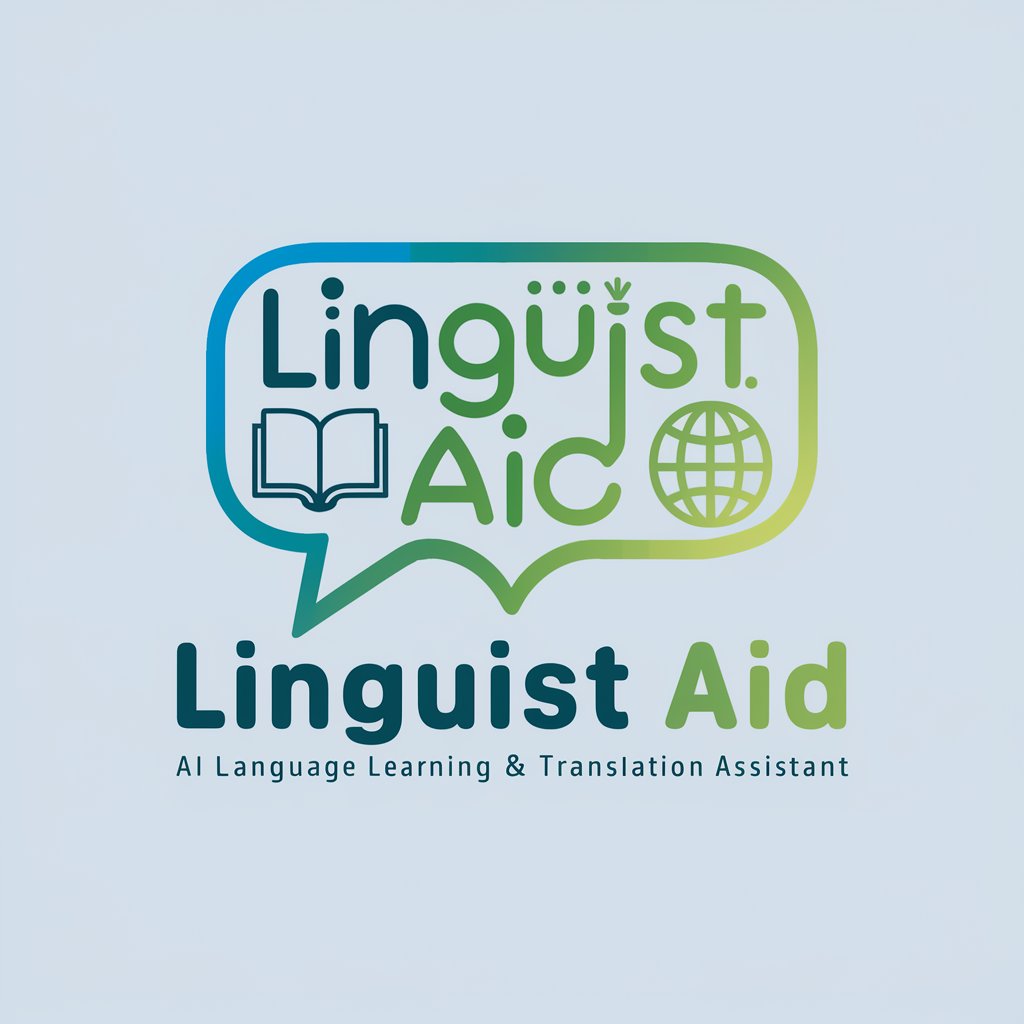
Story Element Architect
Craft Your Story with AI
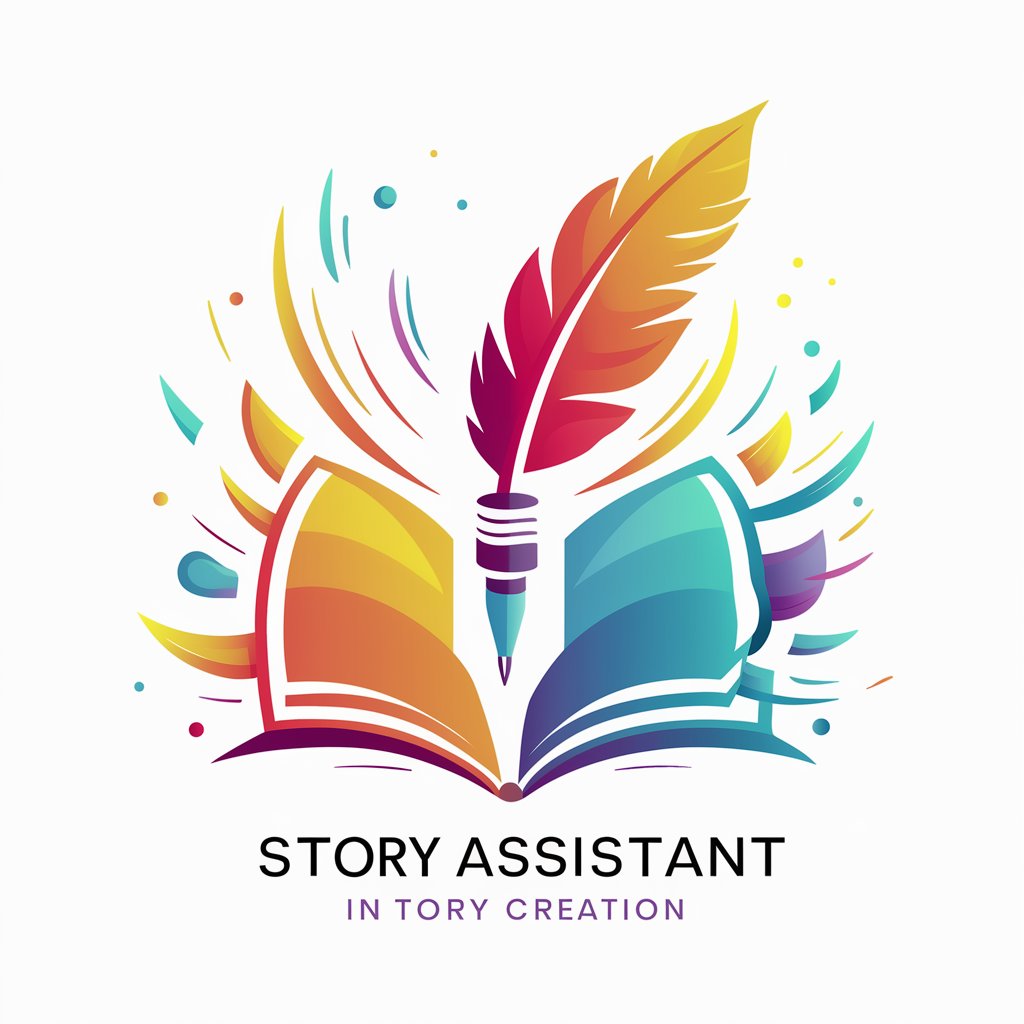
Web Element AI
Decoding Web Elements with AI
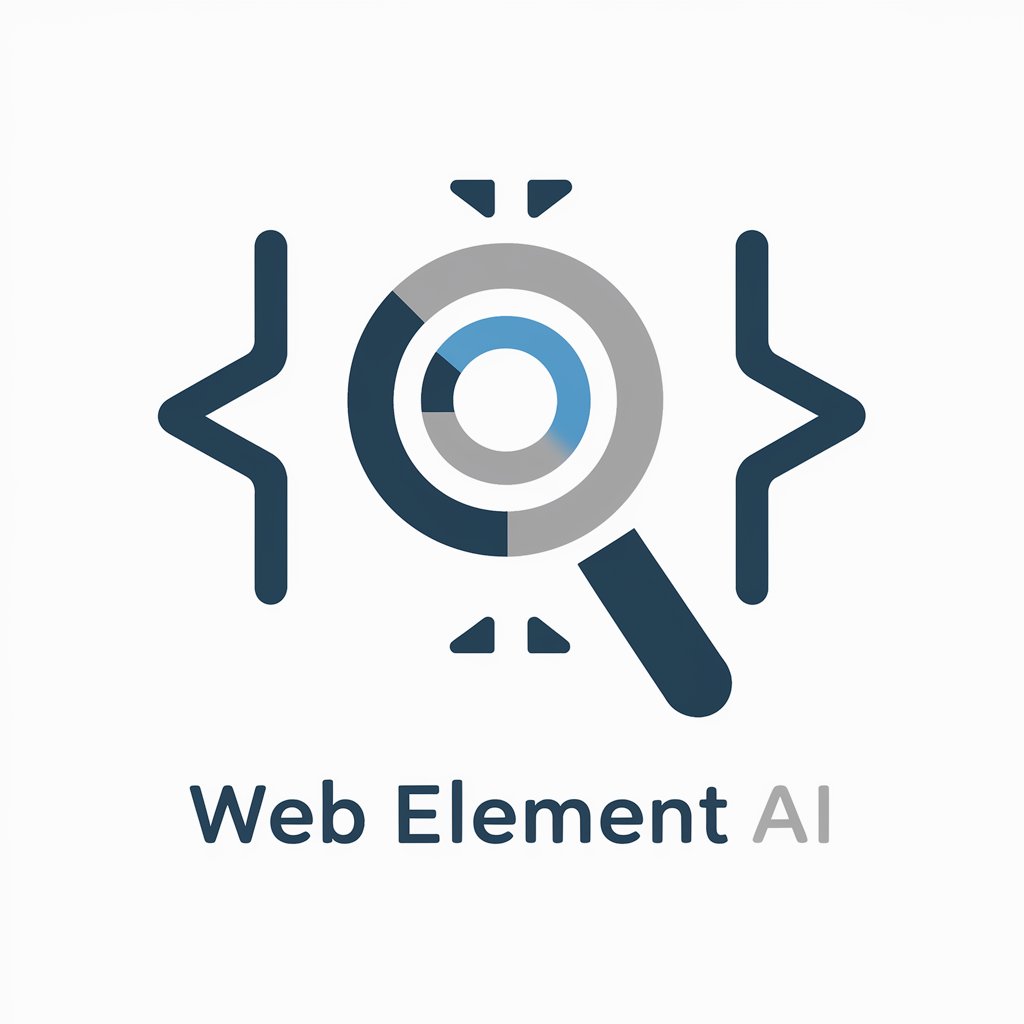
Marketing Copy Wizard
Craft Compelling Copy with AI

Grammar Police
AI-powered Writing Assistant for Clear Communication

Photography Critique
Elevate Your Photos with AI Insights

FAQs About AID-AI
What is AID-AI?
AID-AI is an AI-driven tool designed to assist disaster logisticians and emergency management professionals by providing logistics management, commodity load-out plans, building code guidance, and NFIP assistance.
How can AID-AI help in emergency management?
AID-AI provides detailed guidance and calculations for logistics management, helps in planning commodity distribution during emergencies, offers insights into building codes for disaster-resilient construction, and assists with the National Flood Insurance Program.
Can AID-AI provide real-time assistance?
While AID-AI offers immediate responses based on a vast dataset and guidelines, it does not fetch real-time data but can guide users on where and how to find up-to-date information.
Is AID-AI suitable for non-professionals?
While primarily designed for professionals in emergency management, AID-AI's guidance is framed in accessible language, making it a useful tool for anyone seeking to understand disaster logistics, building codes, and flood insurance requirements.
How does AID-AI keep its information current?
AID-AI's database includes comprehensive, up-to-date information from reliable sources and established guidelines in emergency management. It's periodically reviewed to align with the latest practices and standards.
